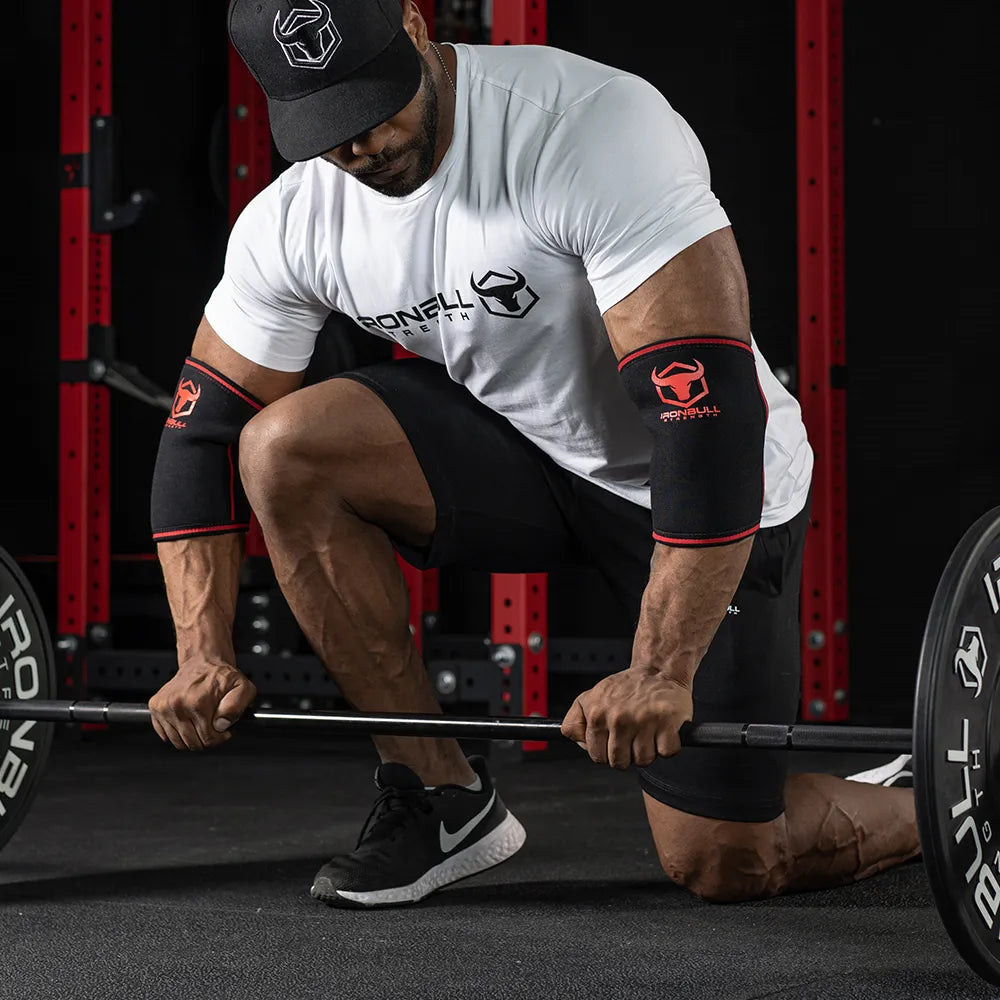Understanding the Supinated Grip – Grip Strength Essentials

The Basics of a Supinated Grip
The supinated grip, also known as the underhand grip, is a staple in strength training. When using this grip, your palms face up, positioned relative to your body. It's commonly used in exercises like chin-ups and bicep curls, where it's all about engaging those guns.
Picture yourself gripping a barbell or a pull-up bar with your palms facing you. That's the classic supinated grip in action. This grip style isn't just about aesthetics; it plays a crucial role in targeting specific muscles effectively. Whether you're hitting those chin-ups or cranking out bicep curls, this grip is your go-to for maximizing results.
Biomechanics of the Supinated Grip
When you use a supinated grip, your forearm muscles get a unique workout. The radius and ulna, two bones in your forearm, rotate outward. This positioning aligns your joints and muscles in a way that promotes better bicep engagement.
Imagine your forearms twisting slightly as you grip the bar. This rotation allows your biceps to take center stage during exercises. It's like giving your biceps a front-row seat to the action, which is why the supinated grip is often favored for bicep-focused workouts.
If you're looking to reduce wrist strain during extended sets with a supinated grip, consider using an EZ curl bar. Its ergonomic design makes it a comfortable choice for those intense sessions.
Muscles Activated with a Supinated Grip
The supinated grip primarily targets the biceps brachii, brachialis, and forearm flexors. When you grip the bar with your palms facing up, you're putting your biceps in a position to do most of the heavy lifting.
This grip style increases muscle tension in the biceps compared to a pronated grip. It's like turning up the intensity dial on your bicep workout. You'll feel the burn and see the results as your biceps grow stronger and more defined.
Benefits of Using a Supinated Grip
One of the standout benefits of the supinated grip is improved bicep activation. When you perform movements like chin-ups and barbell curls with this grip, your biceps take center stage. It's like giving them a VIP pass to the muscle-building party.
Additionally, the supinated grip enhances forearm strength and overall grip stability. This grip style engages the forearm flexors, helping you develop a firm grip that translates to better performance in various exercises.
Another advantage is reduced shoulder involvement. Unlike other grip styles, the supinated grip minimizes shoulder activation, allowing you to isolate your arms more effectively. If you're aiming for arm hypertrophy, this grip is a game-changer.
To make your supinated grip training more effective, utilize different weight plates. This allows for progressive overload, ensuring you continue to challenge your muscles and see results.
Common Exercises Using a Supinated Grip
Chin-ups are a classic exercise that benefits from a supinated grip. Unlike pull-ups, which target the back more, chin-ups focus on the biceps. If you're looking to give your biceps a workout, this is the grip to choose.
Barbell curls are another staple in the supinated grip repertoire. The mechanics of the curl are optimized with this grip, allowing for maximal bicep hypertrophy. It's all about that controlled, focused movement to get the most out of your curls.
In deadlifts, the mixed grip often incorporates a supinated grip. This variation reduces the risk of bar slippage, giving you a secure hold. If you're pushing heavy weights, this grip style can be a game-changer.
For stability and safety during heavy supinated grip exercises, consider using a barbell collar. It ensures the plates stay in place, allowing you to focus on your form and performance.
When and Why to Use a Supinated Grip
The supinated grip is most beneficial when you're targeting arm hypertrophy or aiming to improve your chin-up performance. It's the go-to grip for exercises that prioritize bicep engagement.
Compared to other grip types like pronated or neutral, the supinated grip offers specific advantages. When your goal is to build bigger, stronger arms, this grip is the way to go.
When investing in a home gym equipment, consider investing in a squat rack. It supports exercises like chin-ups and barbell curls, making it a valuable addition to your strength training routine.
Supinated Grip for Strength vs. Hypertrophy
When using the supinated grip, you can focus on either strength or hypertrophy. For strength, exercises like chin-ups are ideal. They challenge your muscles with heavy resistance, promoting overall strength gains.
For hypertrophy, barbell curls take the spotlight. This exercise targets the biceps with a focus on muscle growth. By adjusting your grip width, you can change the muscle emphasis during these exercises.
To safely push your limits in strength training, especially with a supinated grip, consider using power rack with spotter arms. They provide the security you need to go all out without worrying about safety.
Potential Risks and How to Avoid Injury
While the supinated grip offers numerous benefits, it's important to avoid common mistakes. Overextending the wrists or neglecting proper form can lead to discomfort or injury.
To prevent injury, start with lighter weights and gradually increase resistance. Focus on maintaining proper form throughout your exercises, ensuring your wrists and elbows stay in alignment.
Grip Variations: Supinated vs. Mixed Grip
When it comes to deadlifts, the mixed grip is often used. This variation combines a supinated grip with a pronated grip, providing a secure hold on the bar.
Both grip styles have their place in your training routine. Alternating between them can help you achieve balanced muscle development and grip strength.
Maximizing Your Training with a Supinated Grip
Incorporating the supinated grip into your strength training routine offers a range of benefits. From improved bicep growth to enhanced grip stability, this grip style is a valuable tool in your arsenal.
Whether you're aiming for bigger biceps or overall arm strength, practicing supinated grip variations can help you achieve your goals. So, grab your gear and get ready to make some gains.
Gradually increasing resistance with weight plates is essential for progression in supinated grip exercises. Keep challenging yourself, and you'll see the results you're after.











